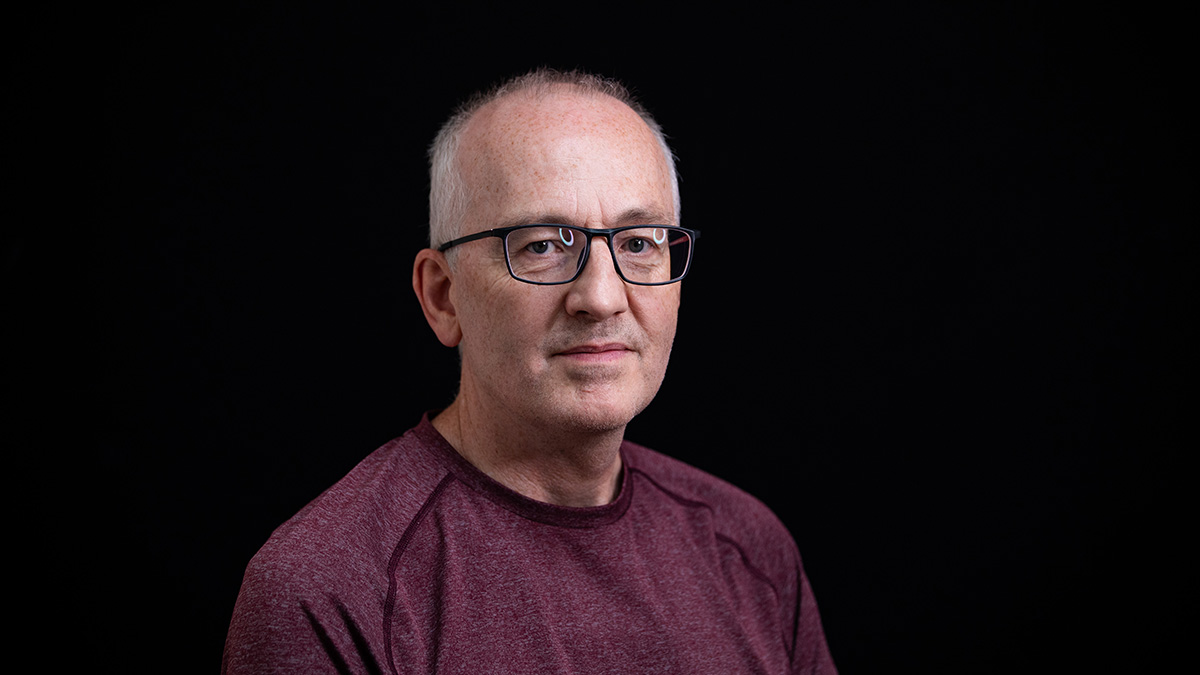Dr Ian Ewart

- Head of Construction and Engineering Management
- Associate Professor
- Undergraduate and postgraduate dissertation supervision
- Chairman of the Research Ethics Committee (from 2016)
- Research Group Lead - Organisation, People and Technology.
Areas of interest
Ian worked in industry for many years as a mechanical design engineer before studying anthropology and turning to academic research and teaching. Combining these two pathways has led to an interest in the perception and use of technology and the role of technology in society.
His DPhil fieldwork was carried out in rural Borneo, investigating the social and technical practices involved in the construction of houses and bridges. Further ethnographic research has taken him to the Didcot Railway Centre, where he spent six months restoring steam locomotives, looking at issues such as skill, craftsmanship, and the loss and recreation of technical knowledge.
Since joining the University of Reading, and the School of the Built Environment, he has carried out domestic ethnographies looking into the use of technology at home by elderly people, and the social implications for digital technologies in providing healthcare at home.
In 2013 he was awarded a prestigious ESRC Future Research Leader fellowship, for a research project combining ethnography with digital modelling and 3D virtual reality (VR), investigating the links between house design and concepts of health. This project, called Designing Healthy Homes, is producing insights into the use of digital technologies in collaborative design (through VR models of re-designed houses), and the complexities of health at home (through a range of innovative ethnographic methods).
Ian has also carried out research into the experience of space in the built environment, using the University's Museum of English Rural Life as a prototype for a virtual reality museum, including the buildings and some objects from their collections. This has gone some way towards demonstrating that VR spaces and objects are experienced very differently to the "same" real spaces and objects.
His most recent project is expanding this work to examine multisensory built environments by incorporating sounds and smells into the recreation of a Roman town, based on excavation records, texts, and informed speculation. This work will have applications not only in archaeology, but in the experience of any built environment, especially architecture, planning and design.
Ian's focus is on the perception and application of technologies in the context of the built environment, the practices this influences, and how these inform the real, social experience of the world.
Postgraduate supervision
Ian is interested in any proposals for collaborative research projects, or PhD studentships at this intersection of the technical and the social.
Current and recent PhD students include:
-
Afolabi Dania – Understandings and enactments of sustainable construction in Nigeria.
-
Joanna Hull – Heritage BIM: New ways of digital data management for the historic built environment.
Teaching
- Undergraduate module Digital Surveying
Master's modules People, Information & Technology, Advanced Visualization and Interactive Technologies - Undergraduate and master's Research Skills modules.
Background
Academic qualifications
- University of Oxford, St Hugh's College: DPhil Social and Cultural Anthropology 2007–2012
- University of Oxford, St Hugh's College, MSc Material Anthropology and Musuem Ethnography 2006–2007
- University of Oxford, Harris Manchester College, BA (Hons) Archaelogy and Anthropology 2003–2006
- University of the West of England, Diploma in Management Studies, 1990–1994
- Staffordshire University, BEng (Hons) Mechanical Engineering, 1983–1987